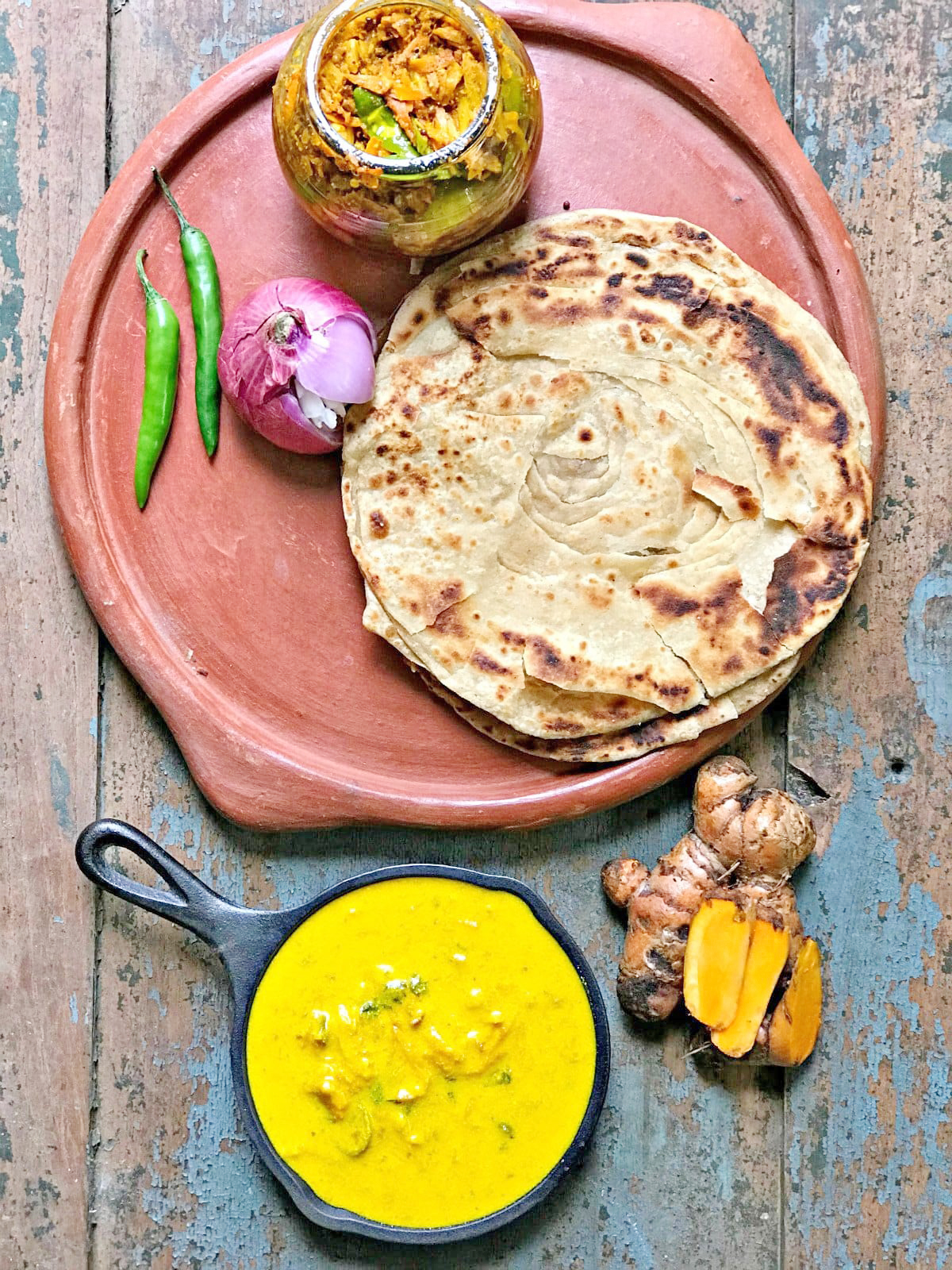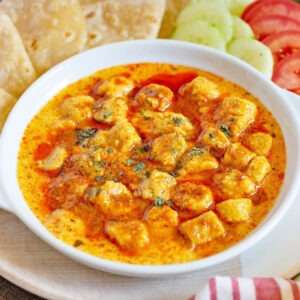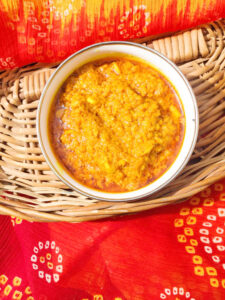
Rajasthani cuisine, a vibrant tapestry of flavors, has long been celebrated for its rich cultural heritage and mouthwatering delicacies. As winter blankets the desert landscapes of Rajasthan, the region’s traditional dishes not only offer a tantalizing feast for the taste buds but also provide a nutritional boost perfectly suited for the chilly season.
Culinary Riches of Rajasthan:
Daal Baati Churma – A Winter Delight:
The iconic dish of Rajasthan, Daal Baati Churma, takes center stage during the winter months. The combination of lentils, baked wheat balls (baati), and coarsely ground wheat mixed with ghee (churma) not only satiates the palate but also serves as a hearty, energy-packed meal, ideal for combating the winter cold.
Gatte Ki Sabzi – Nutrient-Rich Comfort:
Gatte Ki Sabzi, made from gram flour dumplings in a spicy yogurt-based curry, is another winter favorite. Packed with proteins and spices, this dish not only adds warmth to the body but also contributes to a robust immune system, essential during the flu season.

The Warming Spices:
Turmeric – Nature’s Golden Healer:
Turmeric, a staple in Rajasthani cuisine, is revered for its anti-inflammatory properties. Its inclusion in dishes like curry and lentils not only imparts a distinct flavor but also offers health benefits, making it an excellent addition to winter meals.
Cumin and Coriander – Digestive Aids:
The aromatic blend of cumin and coriander seeds, prevalent in Rajasthani spice blends, aids digestion and helps in maintaining body warmth. These spices play a crucial role in Rajasthani dishes, contributing both to taste and well-being.

Seasonal Ingredients:
Mustard Oil – A Winter Essential:
Mustard oil, commonly used in Rajasthani cooking, is a winter essential. Its warming properties make it an excellent choice for winter dishes, while its distinct flavor enhances the overall culinary experience.
Makki Ki Roti – Nutrient-Packed Flatbread:
Makki Ki Roti, made from corn flour, is a popular winter flatbread in Rajasthan. Rich in fiber and essential nutrients, it complements various winter dishes and provides a wholesome, fulfilling meal.
Health Benefits:
Boosted Immunity:
The judicious use of spices and ingredients in Rajasthani cuisine contributes to an immune system boost. This becomes particularly crucial during the winter season when the body is more susceptible to illnesses.
Balanced Nutrition:
Rajasthani dishes, with their combination of grains, lentils, and vegetables, offer a well-balanced nutritional profile. This ensures that individuals receive the necessary vitamins and minerals to stay healthy during the colder months.
The Cultural Aspect:
Community Bonding:
Winter in Rajasthan is synonymous with community gatherings and festivals. The preparation and sharing of traditional dishes become a unifying experience, fostering a sense of togetherness and warmth among families and communities.
Preserving Culinary Heritage:
Rajasthani cuisine, deeply rooted in tradition, plays a vital role in preserving the cultural heritage of the region. Each dish carries stories of generations, making every meal a journey through time.
In conclusion, the culinary landscape of Rajasthan not only tantalizes the taste buds but also provides a nutritional haven during the winter season. From hearty daal baati churma to flavorful gatte ki sabzi, the warmth and richness of Rajasthani cuisine extend beyond the plate, creating an unforgettable experience that nourishes both the body and the soul during the chilly winter months.